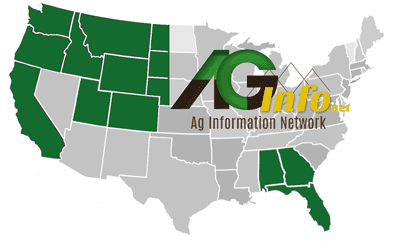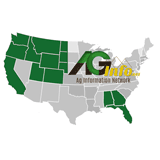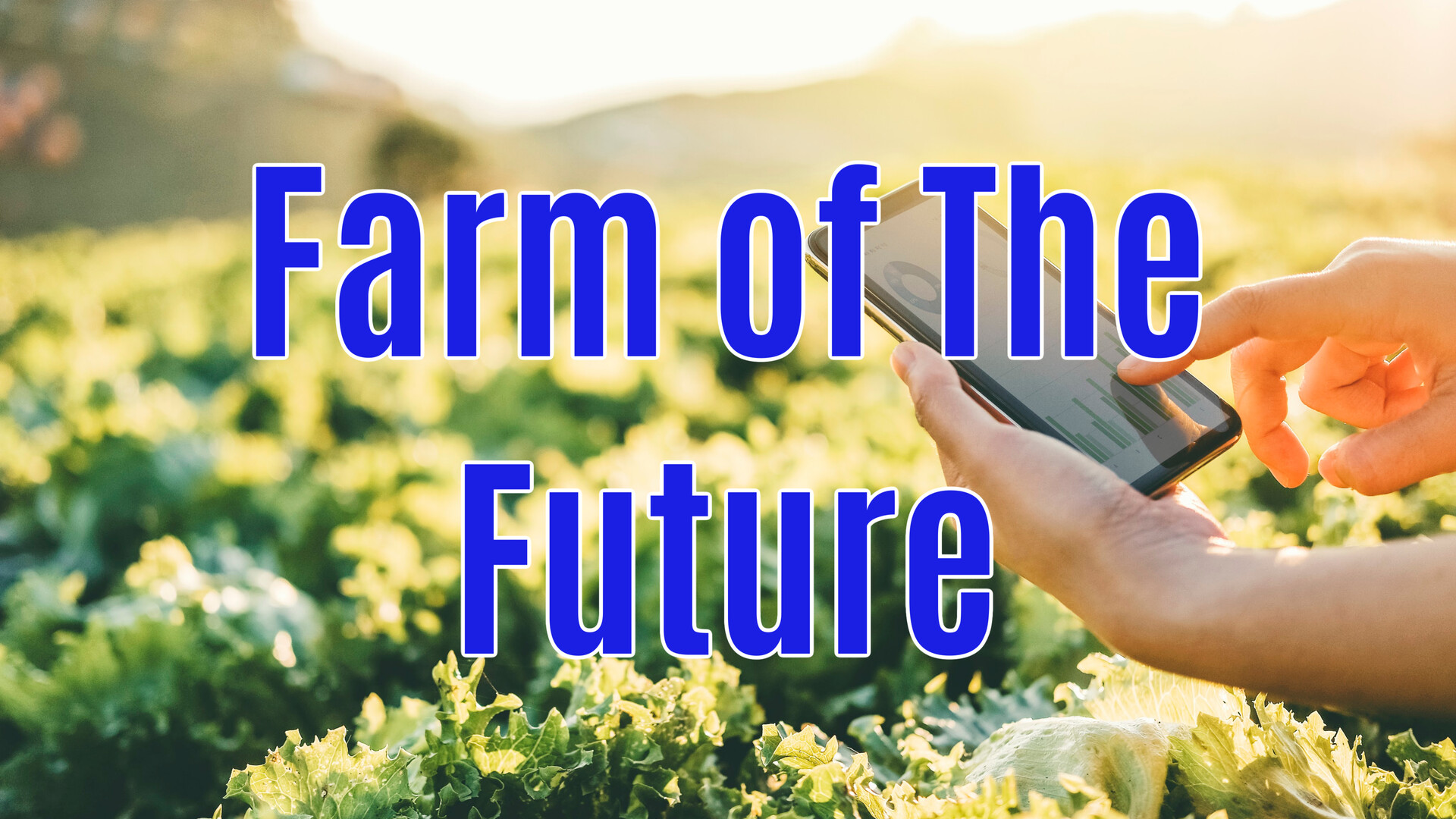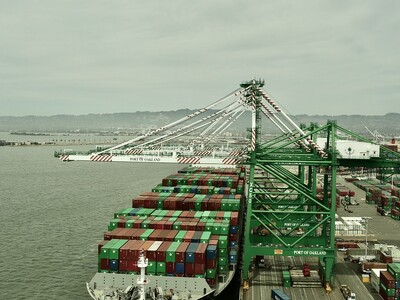Using the Sun to Help Control Pests

Tim Hammerich
News Reporter
Researchers are always looking for better ways for farmers to minimize costs and environmental impact while maximizing production efficiencies. One of those ways might be a process called biosolarization. Professor Christopher Simmons is with the department of Food Science and technology at UC Davis.
Simmons… “Biosolarization at its core is a technology to control pests in agricultural soils. It uses the sun to heat up the soil. And then it dovetails that with biological activity in the soil. And that creates a combination of stresses in terms of temperature, oxygen levels, fermentation products, that combined are quite effective at knocking out a broad spectrum of soil pests.”
Some of those pests could include weed seeds, nematodes, or microbial pathogens. To provide tools for biosolarization, Simmons and his team are evaluating local, sustainable, and affordable products.
Simmons… “So what we've done is tried to set our sights on identifying compatible soil amendments that can be sourced locally. So these would be things like residues from local food processing. We've shown that the residues from California tomato processing, wine production, almond processing. These all work very well in the soil as amendments to drive biosolarization.”












